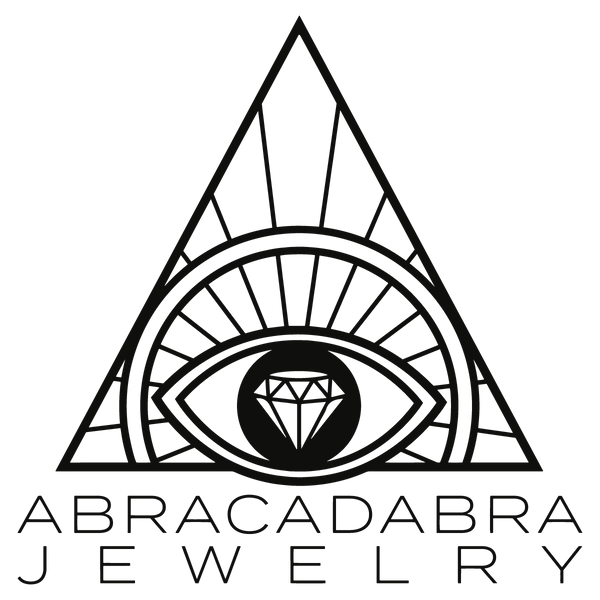Throughout the ages and around the world, gold has been treasured for its brilliant luster and ready malleability. It comes in three different colors (four if you count palladium white gold), and a variety of different levels of purity.
In the United States, one typically sees gold with its purity indicated in karats, most commonly 10k, 14k, 18k, and very occasionally 22k (pure gold is, of course, 24k, but this is almost never used as the base metal in jewelry due to its softness). A higher purity level yields a softer, warmer tone; it also ratchets up the price exponentially!
Yellow Gold (what most people picture when they think of gold) has a natural warm color and high resistance to rust, tarnish, and corrosion. It typically contains copper, silver, and zinc, which contributes to its rich coloring. It is a very strong metal, but still soft enough to be worked into interesting shapes.
Rose Gold uses a higher concentration of copper to achieve its rosy pink tone. This alloy is similar in hardness and cost to yellow gold. Rose gold will not fade or change in color over time.
White Gold is unique in that, due to the alloys used to add white to the natural warmth of gold (usually nickel, palladium, or silver), a higher karat actually means a harder metal.
Palladium White Gold (which is found in the purity designations 14kpw and 18kpw) is a white gold alloy that incorporates copper, silver, and palladium, making it a hypoallergenic white alloy with the heft and durability of palladium, and no nickel for those who are allergic.
Wear and Care
Gold is softer than alternative metals and should be maintained accordingly. Precious metal rings should be removed during harsh activities to avoid scratching. While customers can clean these rings with jewelry cleaner, all other touch-ups or refurbishing should be performed by a jewelry professional.
Is gold hypoallergenic?
Gold itself is safe, but alloys can occasionally contain nickel (particularly in the case of white gold). Luckily, there are a variety of alloys that are safe for sensitive skin, and even nickel-heavy alloys can be rhodium-plated to protect your skin. It is advised that you discuss your allergies with a jeweler to prevent any issues.
Can I customize gold jewelry?
Yes! Gold offers endless possibilities for customization. It is the easiest precious metal to resize and manipulate.
When should I avoid gold?
Gold is in most ways the ideal metal for fine jewelry, but it comes at a heavy cost: as of this writing, it has far surpassed platinum, which until recent years had been considerably more expensive. However, gold is less prone to abrasions than some other metals, easier to resize and repair, and is also an excellent investment. If you’re willing and able to manage the upfront costs, it will prove worth it down the line!











